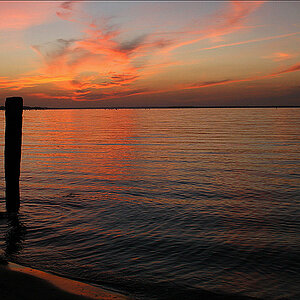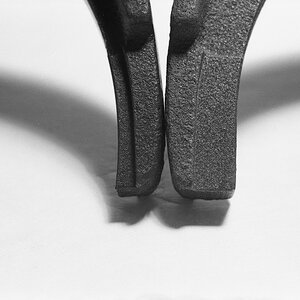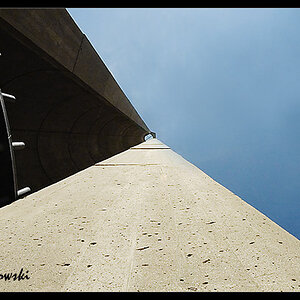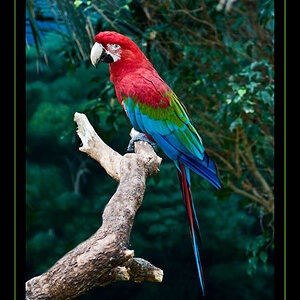Grandpa Ron
Been spending a lot of time on here!
- Joined
- Aug 9, 2018
- Messages
- 1,156
- Reaction score
- 703
- Can others edit my Photos
- Photos OK to edit
I have done some 4x5 contact printing with grade 2 and 3 paper.
I know that variable grade paper uses nearly a dozen color filters to vary the paper grade. Do these color density and tints allow in-between grades like 2 1/2 etc. Or, is there another reason for so many filters.
I know that variable grade paper uses nearly a dozen color filters to vary the paper grade. Do these color density and tints allow in-between grades like 2 1/2 etc. Or, is there another reason for so many filters.










![[No title]](/data/xfmg/thumbnail/32/32160-4e45e524b050f1afae9fd21bf696d61b.jpg?1619735234)



![[No title]](/data/xfmg/thumbnail/30/30888-e7fd3f6ad2e0d85268f086de6d796459.jpg?1619734499)